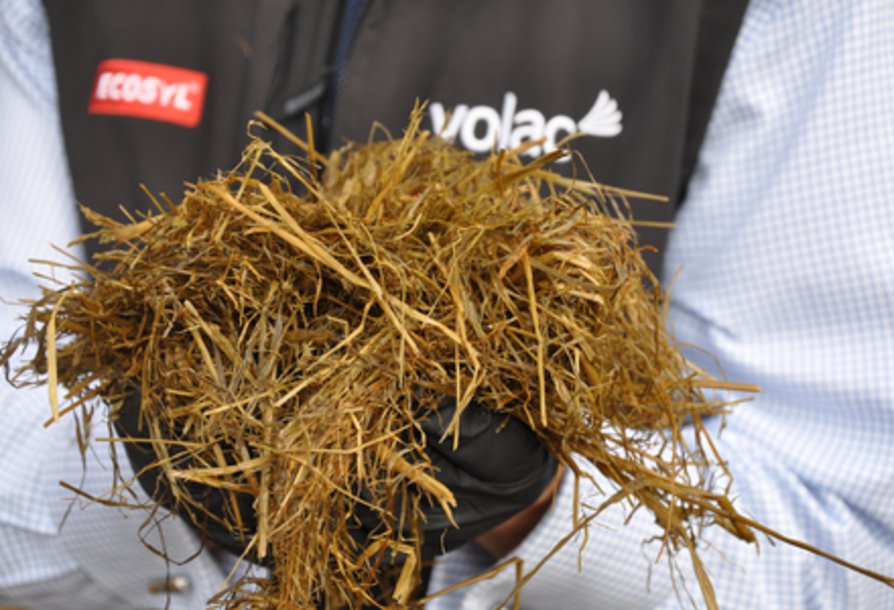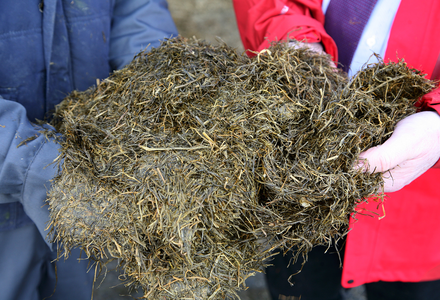How is silage quality judged?
The quality of silage can be judged in a number of different ways, all of which are vitally important for maximum animal performance.
 Nutritional value – characterised by measurements like ME, crude protein, ‘D’ value factors that are influenced mainly by the quality of the initial crop
Nutritional value – characterised by measurements like ME, crude protein, ‘D’ value factors that are influenced mainly by the quality of the initial crop
Fermentation quality – characterised by measurements like pH value, ammonia-N, lactic acid content, volatile fatty acid content. Good silages are characterised by a low pH value, low ammonia-N (less than 10% total N) and a high ratio of lactic acid to volatile fatty acids (LA:VFA).
Keeping quality – this refers both to the stability of the initial fermentation, ie whether it is at risk of undergoing a clostridial secondary fermentation during storage, and to the susceptibility of the silage to aerobic spoilage on exposure to air. If the final pH is low enough for the DM of the silage there should be little change in the fermentation parameters during storage. Unfortunately, the better the outcome of the fermentation, the more at risk the silage is to aerobic spoilage as lactic acid will not inhibit the yeasts and moulds that cause it.
